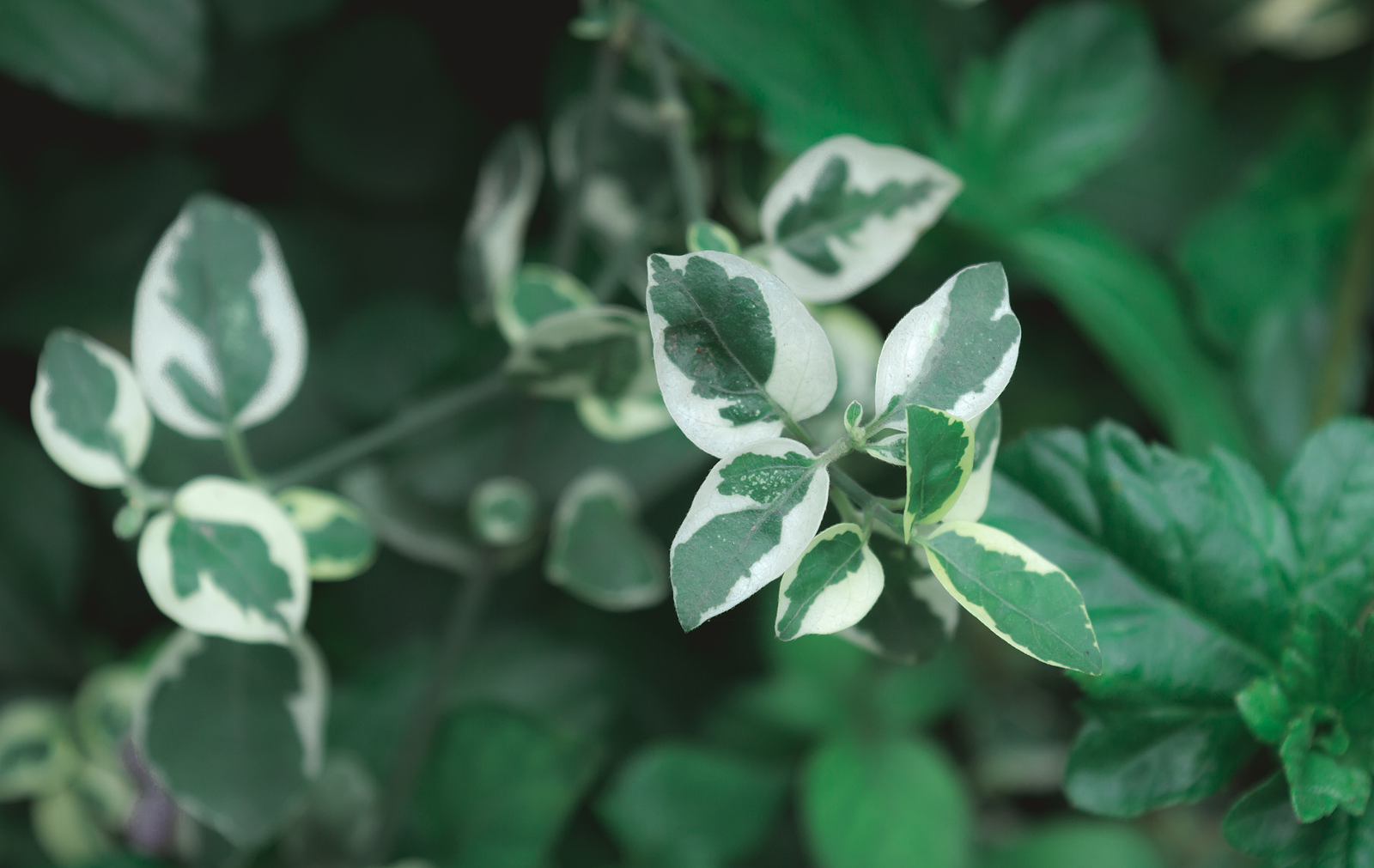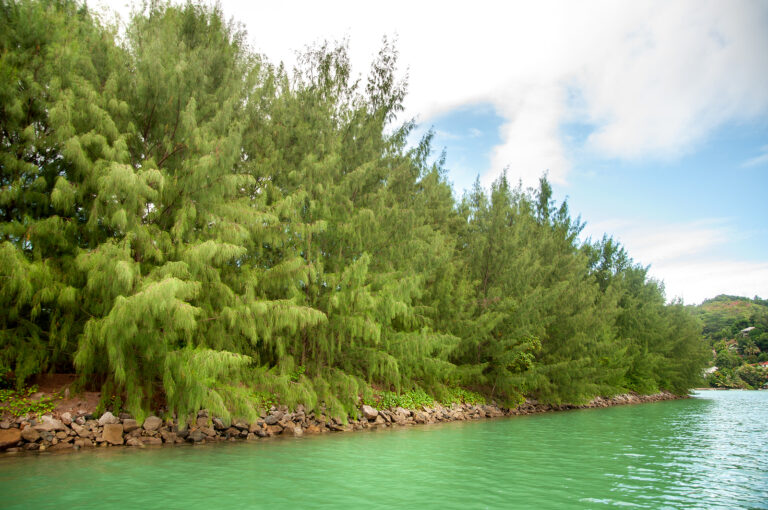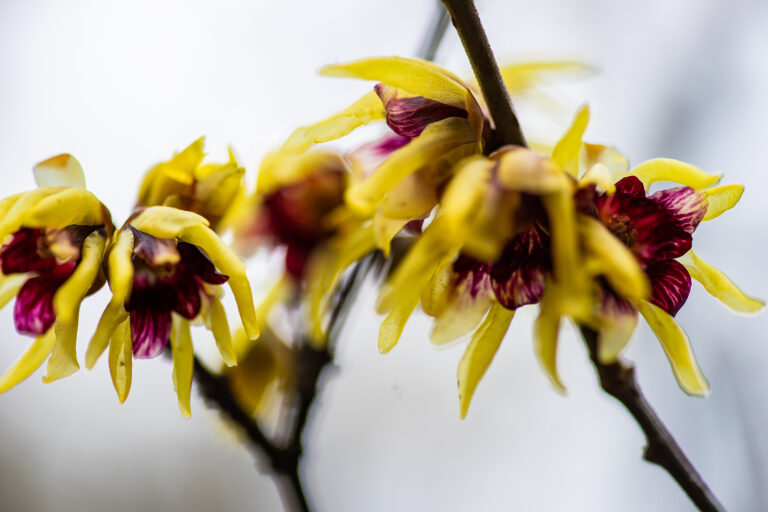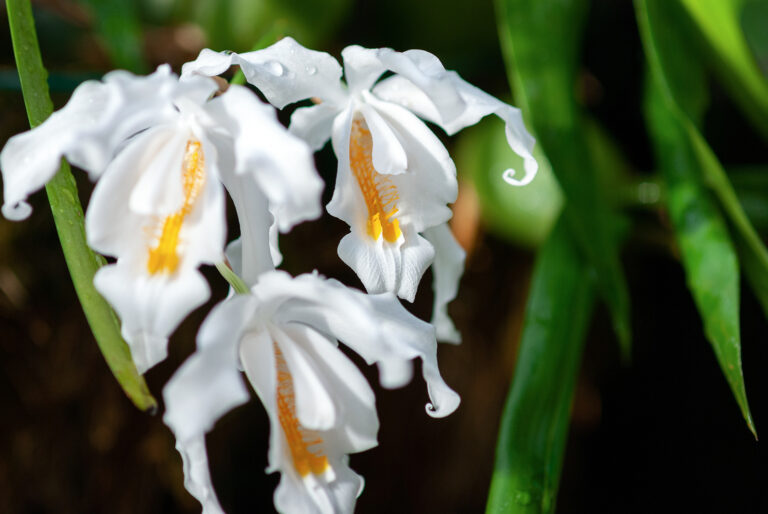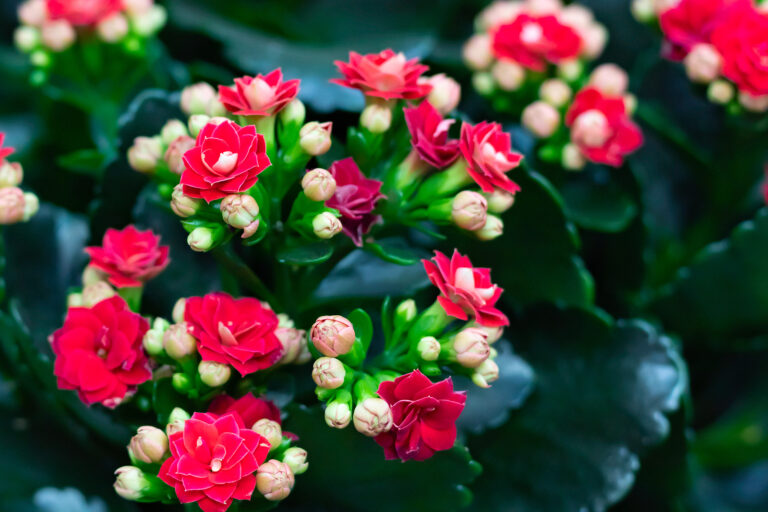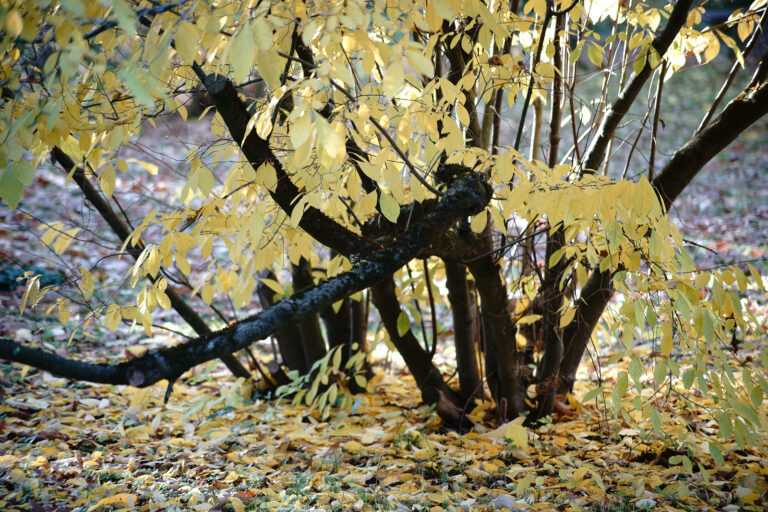How to Grow Bird-Catcher Tree — Pisonia
Pisonia is a genus of tropical shrubs and small trees cultivared for their simple leaves. Oblong, leathery green leaves grow to 15 inches (38cm) long. They grow in whorled pairs along the stems. One species, Pisonia umbellifera, commonly called bird-catcher tree, is grown as a houseplant.
Pisonia grows best in warm temperatures and bright filtered or reflected light. Pisonia should be kept away from direct sunlight and wind or drafts.
Pisonia is a genus of 50 species of tropical evergreen trees and shrubs native to tropical regions worldwide, but mainly in North and South America.
Get to know Pisonia
- Plant type: Tropical shrub and small trees
- Growing zones and range: Zones 13-15
- Hardiness: Tender
- Optimal growing temperature: 70° to 75°F (21°-24°C)
- Height and width: Pisonia grows as tall as 12 to 20 feet in tropical regions; it grows 3 to 4 feet as a houseplant.
- Foliage: Oblong green leaves to 15 inches long grow in pairs
- Flowers: Pisonia rarely flowers indoors, and the flowers are inconspicuous; flowers are followed by sticky fruit thus the plant’s common names—the birdcatcher tree.
- Bloom time: Summer
- Uses: Hedge, speciment tree, houseplant
- Common name: Bird-catcher tree, map plant
- Botanical name: Pisonia (syn. Heimerliodendron)
- Family name: Nyctaginaceae
- Origin: New Zealand
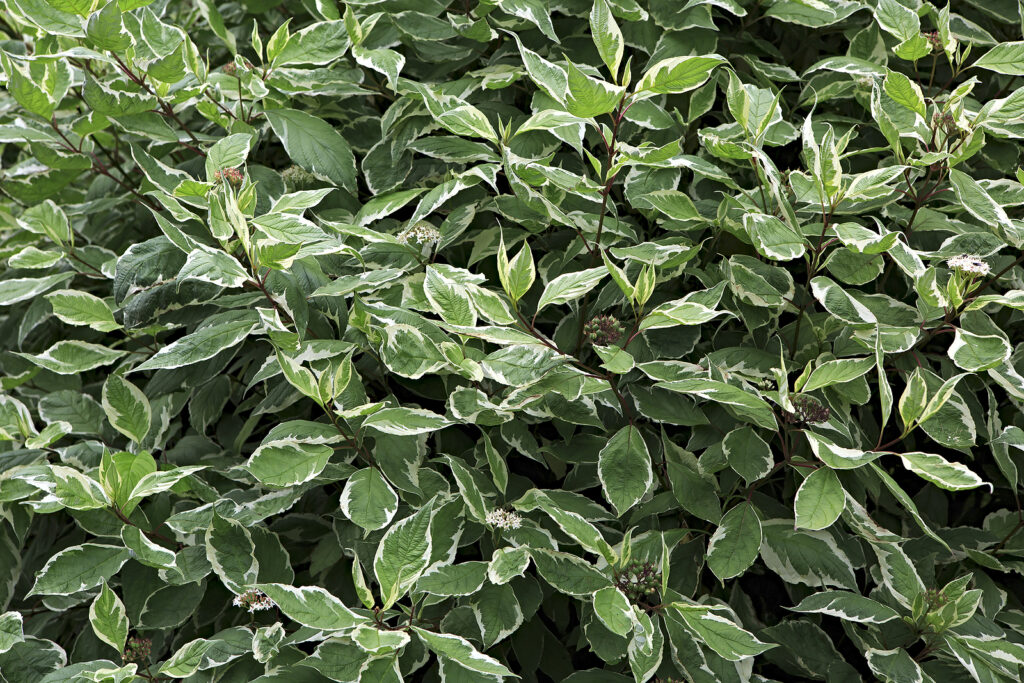
Where to plant Pisonia
- Light outdoors: Plant Pisonia outdoors in full sun or partial shade.
- Light indoors: Pisonia needs bright to direct light to maintain its best leaf coloration.
- Soil outdoors: Grow in fertile, humus-rich, well-drained soil.
- Soil indoors: All-purpose soil mix can be used for potting.
When to plant Pisonia
- Set container-grown Pisonia outdoors any time of the year in tropical regions.
Planting and spacing Pisonia
- Space Pisonia in the garden 10 feet (3m) apart.
How to water and feed Pisonia
- Water: The soil should be allowed to dry to the touch between thorough watering. During the winter months, allow the soil to dry out almost completely between waterings.
- Feeding: Fertilize Pisonia with a balanced liquid fertilizer once a month during spring and summer.
Pisonia care
- To produce multibranched, bushy plants, pinch out the growing tips while plants are young.
Growing Pisonia as a houseplant
- Pisonia needs bright to direct light to maintain its best leaf coloration.
- Pisonia grows best in warm room temperature and medium to high humidity.
- The soil should be allowed to dry to the touch between thorough waterings
- Fertilizer can be applied once a month during spring and summer.
Pisonia pests and diseases
- Pisonia is relatively free of insects and diseases; it is susceptible to damage from spider mites.
Pisonia propagation
- Pisonia can be propagated from stem cuttings. Start cuttings in an all-purpose soil mix.
Pisonia varieties to grow
- Pisonia umbellifera (syn. Heimerliodendron brunonianum), bird-catcher tree. Gsrows to 4 feet tall; bright green leaves are sticky along the center. Cultivar ‘Variegata’ has bold patterns of cream or yellow patches along the leaf margins; these markings are so distinct that the leaf surfaces resemble maps—hence the common name, map plant. .

